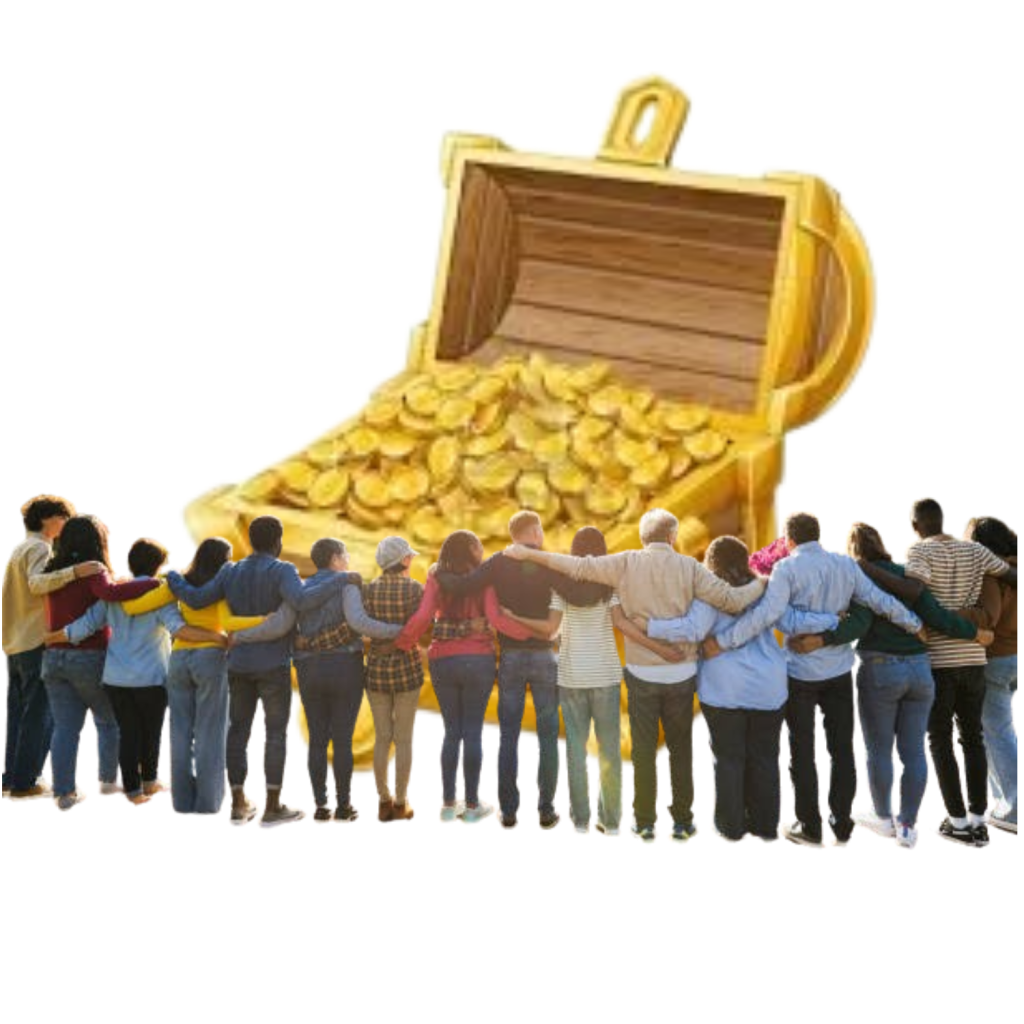
The concept of the community chest dates back to the early 20th century, originating in the United States around 1913 in Cleveland, Ohio. It began as a collective fundraising initiative where local citizens, businesses, and organizations pooled resources into a central “chest” or fund. This fund was then distributed to various charitable and social welfare organizations within the community.
The purpose was simple but powerful: rather than each charity running separate fundraising campaigns—which often led to duplication, competition, and inefficiency—people would contribute once to a common pool. A governing committee would then fairly allocate the funds to meet the most urgent needs of the community.
The idea spread rapidly across the U.S., Canada, and other countries, eventually evolving into organized philanthropic systems such as the United Way, which today operates globally, funding schools, health programs, shelters, and community services.
The Impact of Community Chest on Humanity
Over the years, the community chest model has had a profound effect on human society in several ways:
- Pooling Resources for Greater Impact
By combining many small contributions into one large fund, community chests have been able to tackle bigger problems than any individual donor or small group could manage alone. This has led to the funding of hospitals, schools, disaster relief efforts, and social services. - Promoting Social Solidarity
The model fosters a sense of unity, as people see themselves not just as isolated individuals but as part of a collective working for the common good. It teaches that even modest contributions can make a big difference when combined with others. - Reducing Inequality
Community chests have historically supported marginalized and vulnerable groups—such as orphans, the elderly, the sick, and the unemployed—providing food, healthcare, shelter, and educational opportunities. - Emergency Response
In times of crisis—wars, economic recessions, natural disasters—community chests have often been at the front lines, mobilizing aid quickly and effectively. - Building Trust in Charitable Giving
By centralizing donations and ensuring transparent distribution, community chests increased public trust in philanthropy, which encouraged more people to participate.
In essence, the community chest is more than just a fund; it is a symbol of collective responsibility, mutual aid, and the belief that society is stronger when people work together to uplift each other. It has inspired many modern crowdfunding and cooperative aid initiatives—both offline and online—proving that the spirit of unity in giving can cross generations and borders.
The Spirit Behind the Community Chest
More than a hundred years ago, ordinary people discovered an extraordinary truth — when we pool our resources, we can change lives. They called it the Community Chest — a single chest where everyone contributed what they could, so that no one in their community would be left hungry, homeless, or hopeless.
It wasn’t just about money. It was about unity. Neighbors stood together, shared together, and lifted each other out of hardship. From that unity came schools, hospitals, shelters, and second chances for countless people.
Unity Chest of Hope carries that same torch today — harnessing the power of many driven by technology to rescue the struggling, protect the vulnerable, and free people from the grip of poverty and exploitation.
Because when hearts unite, mountains move. And when hope is shared, it multiplies.
When we stand alone, we survive.
When we stand together, we thrive.
Leave a Reply